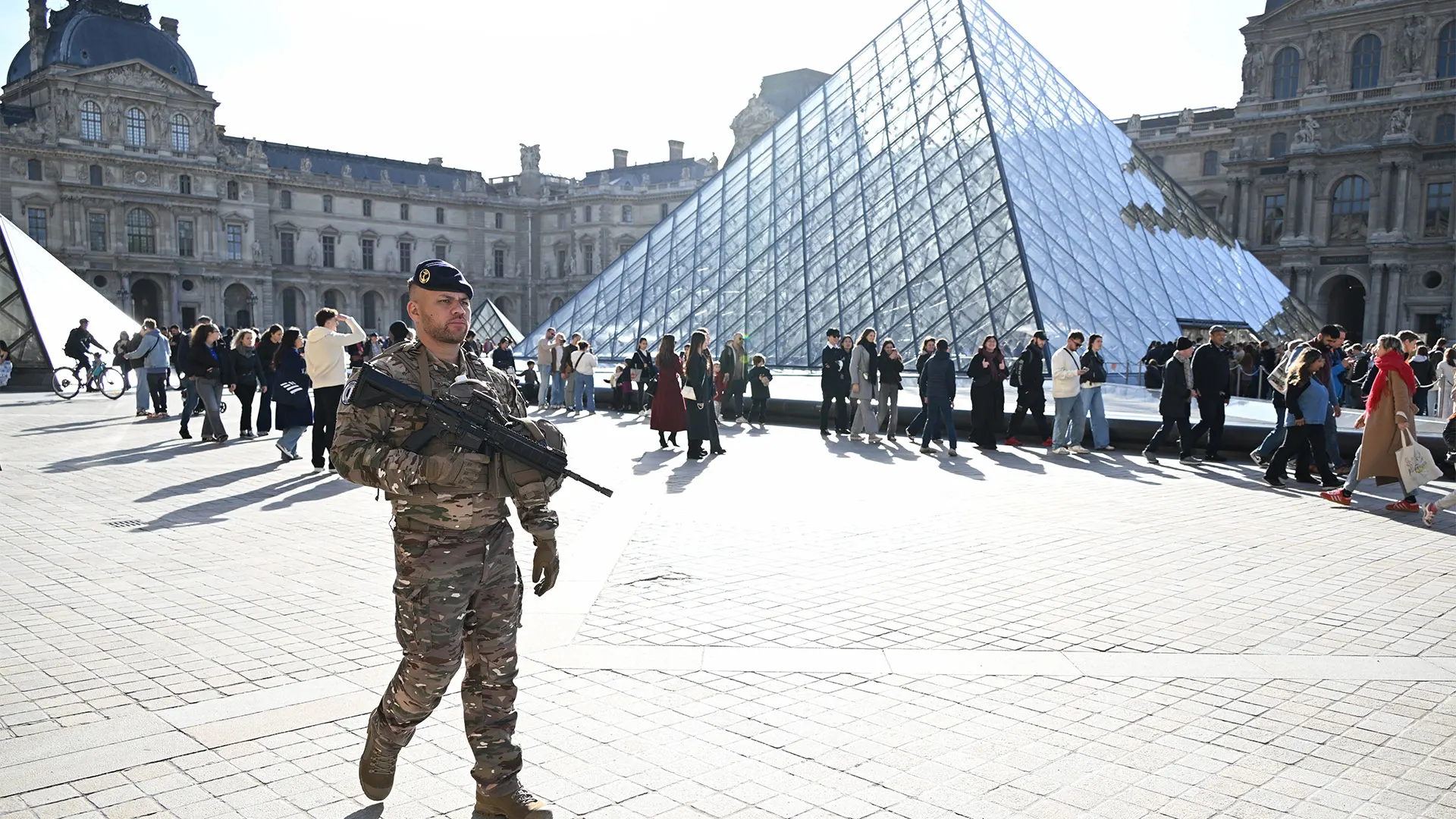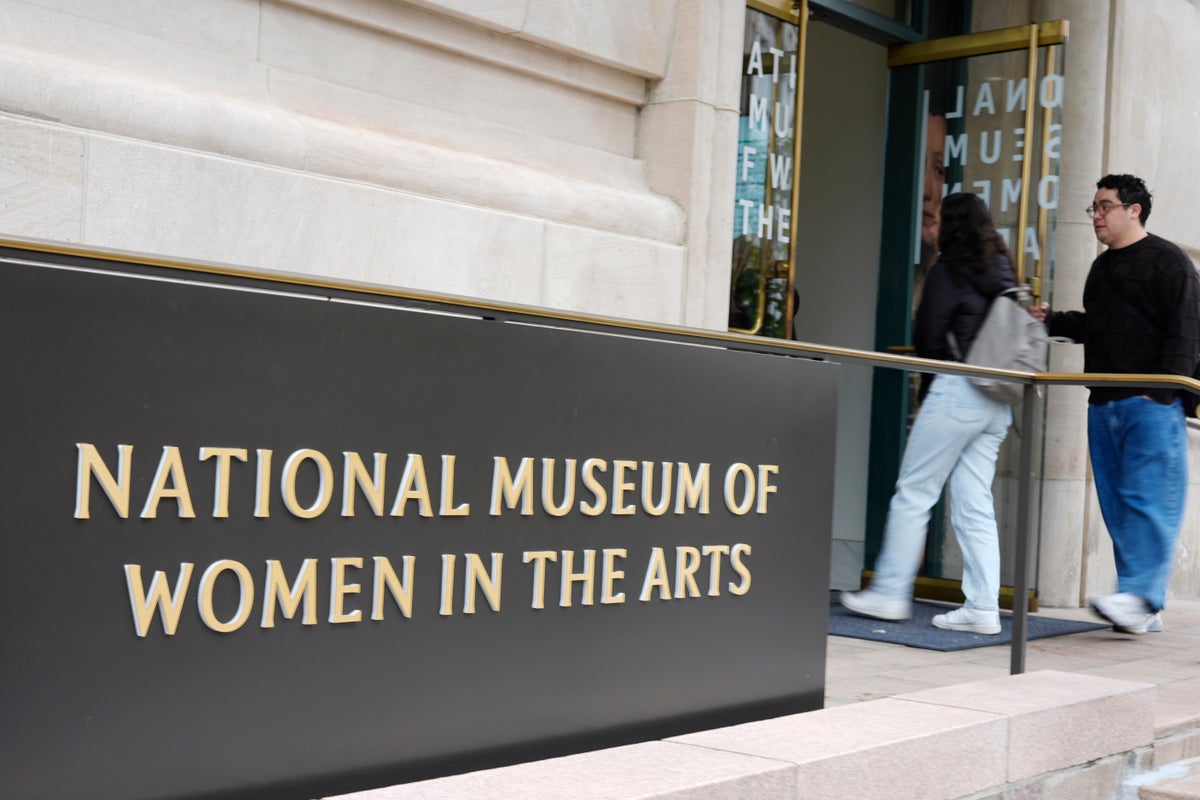#visitor-experience
#visitor-experience
[ follow ]
fromArchDaily
1 month agoArchitecture of Wine: 15 Contemporary Wineries Around the World
Wine production has long been tied to place, climate, and culture, and in recent decades, architecture has become a central part of this relationship. Wineries are no longer understood only as functional facilities for fermentation, storage, and distribution, but also as spaces where landscape, materiality, and visitor experience intersect. From subterranean cellars hidden beneath fields to sculptural landmarks rising in rural territories, these buildings shape the identity of winemaking regions while offering visitors a carefully choreographed encounter with the process of production.
Wine
fromTheartnewspaper
6 months agoThe Wallace Collection appoints Selldorf Architects to lead masterplan to transform its historic London home
The masterplan marks a significant investment in the long-term future of the museum, and its ability to connect diverse audiences with one of the world's most remarkable art collections.
London food
Arts
fromTheartnewspaper
7 months agoComment | Muted grey, bloody red, or dark blue-here's why the shade behind the art matters more than you might think
Architects use color to enhance the emotional impact of spaces in museums.
A museum's design and color can significantly influence visitor experience.
fromSFGATE
7 months agoOrange County city takes first steps to add aerial gondolas
"We'd like to really push forward a park-once concept, where people are encouraged to come to the park, park their car and move through the park and hit multiple destinations without moving their car," said assistant city manager Sean Crumby at a meeting of the Great Park Board on Tuesday.
Alternative transportation
San Francisco
fromFuncheap
8 months agoSF's Alcatraz Day Tour: Alcatraz Island + World-Renowned Cellhouse (Mar. 9-Nov. 1)
Alcatraz offers an immersive audio tour featuring vivid narratives from former inmates and correctional officers, enhancing the visitor experience.
Visitors can explore Alcatraz Island at their own pace, with rich historical insights available in multiple languages.
[ Load more ]





:max_bytes(150000):strip_icc()/TAL-lead-image-NPTHISSUMMER0725-a84e2bfc7c53455b878ac491234518d0.jpg)
.jpg)